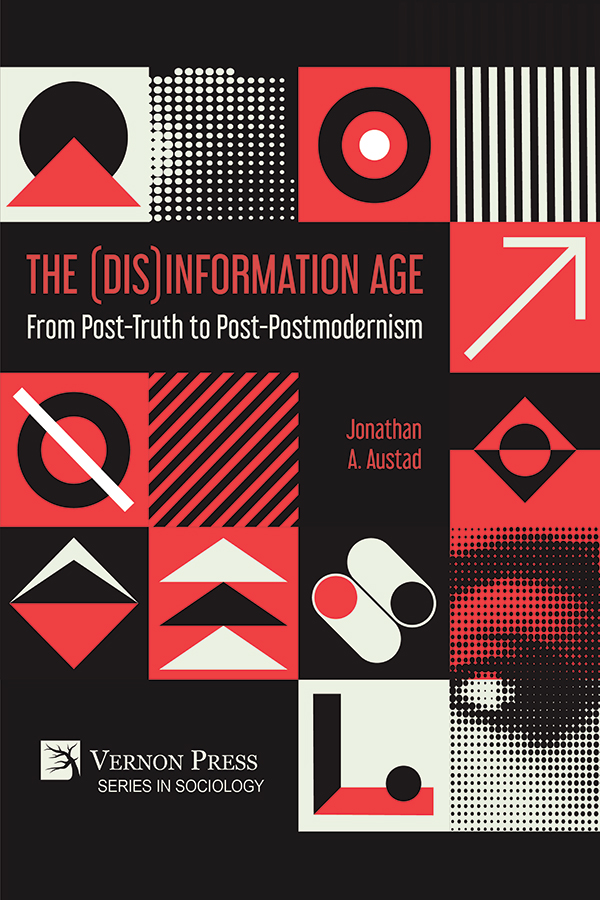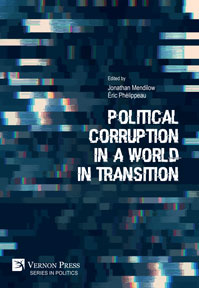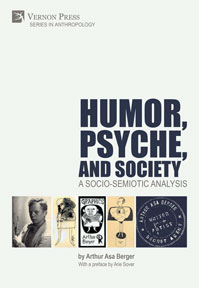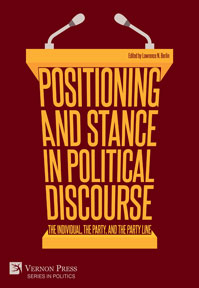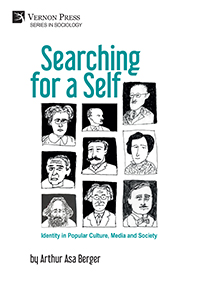The (Dis)Information Age: From Post-Truth to Post-Postmodernism
by Jonathan Austad (Brigham Young University-Idaho)
There has yet to be a strong consensus regarding when and if postmodernism ended. As such, there is no agreement about the new age’s name, origins, or tenets. Nealson’s 'Post-Postmodernism: or The Cultural Logic of Just-in-Time Capitalism' leaves out the impact of the internet and social media. Other books fail to explore post-postmodernism within a larger social-political framework and do not examine the cultural trends that have responded to such forces. This book undertakes these complexities by examining the interplay between the sociohistorical events and visual culture of the last two decades and posits that postmodernism ended with the terror attacks on September 11, 2001. Few events have such a tremendous impact on the collective consciousness that they cause immense social, political, and cultural changes, but the terror attacks marked the beginning of a new era filled with greater anxiety and uncertainty. The Bush Administration used news outlets to promote a false narrative and mislead the public, manipulating information to further its agenda and altering the nature and efficacy of mass media and ultimately launching society into an age of disinformation. 'The (Dis)Information Age' is comprised of two main phenomena: post-truth and post-postmodernism. Truth and reality have become increasingly difficult to ascertain in this post-truth world and created increased skepticism towards those in the government and media. The rise of the internet and social media has exacerbated this trend by individualizing facts and data, further fragmenting society along ideological lines. The result is people share fewer common ideas than in previous eras and are no longer living in a shared reality. Post-postmodernism, on the other hand, is a cultural movement that has responded to post-truth’s weaponization, misuse, and individualization of information. Artists of post-postmodernism seek greater connectivity and common ground to combat individualized information and ideological warfare. To them, truth resides in the collective. This study examines the intricate relationship between recent socio-historic events and cultural manifestations that respond to them to better understand the world in which we live.
List of Figures
List of Tables
Prologue
Introduction
PART 1. The Attacks on 9/11 and The Origins of the (Dis)Information Age (2000-2001)
Chapter 1 From Postmodernism to Post-Postmodernism
Chapter 2 ‘I Can Hear You! The Rest of the World Hears You’: The Attacks on September 11 and Their Aftermath
Chapter 3 The First Rule of Reality Is: Don’t Talk about Reality—The Internet, Social Media, and the Ambiguity of Perception
PART 2. The Aesthetic of the (Dis)Information Age (2001-2008)
Chapter 4 Postmodernism and Post-Postmodernism: From Yada, Yada, Yada to Bears, Beats, and Battlestar Galactica
Chapter 5 The Aesthetics of a Crumbling Infrastructure: Visual Responses to the 9/11 Attacks
Chapter 6 The Horror of Distorting Reality: The Politics of Fear and Power of Images
PART 3. From Dystopia to Utopia and Back Again: The Obama Years and the Audacity of Hope Amid Post-Industrialism (2004-2016)
Chapter 7 Post-Industrialism, -Truth, and - Postmodernism: Dystopian Narratives and Reinventing Community
Chapter 8 Hope in Change: The Audacity of Obama’s Post-Postmodern Utopian Vision (2004-2008)
Chapter 9 Diverging Intersections of the American Dream: The Recession, T.E.A. Party, and Occupy Wall Street (2008-2012)
Chapter 10 From Whistleblowers to Conspiracy Theories: The Heroic Journey in the (Dis)Information Age? (2013-2016)
PART 4. The Rise of Trump: Re-Inventing Reality and We Go from Here (2016-2024)
Chapter 11 Alternative Facts and Covfefe: Finding Truth in a Post-Truth World (2016-2020)
Chapter 12 Empowerment and Healing in Retelling the Past: Re-Inventing History Through Trauma Narratives
Chapter 13 The (Dis)Information Age and Tomorrow: Technology and the New Human Community
Works Cited
Index
Jonathan Austad is a professor of humanities at Brigham Young University-Idaho. In addition to his love for Hemingway, he researches cultural theory and looks for unique intersections across various forms of human expression. His most recent academic interests focus on connecting artistic inquiries to contemporary realities.
Postmodernism, post-postmodernism, post-truth, post-industrialism, George W. Bush, Osama bin Laden, Barrack Obama, Donald Trump, al-Qaeda, War on Terror, terror attacks, Patriot Act, truth, reality, internet, social media, filter bubbles, deep fake, utopian, dystopian, trauma narratives, globalization, Arab Spring, Occupy Wall Street, TEA Party Movement, George Floyd Protests, Black Lives Matter, Benjamin Barber, Jennifer Lackey, Bertrand Russell, James Howard Kunstler, Aldous Huxley, Seinfeld, The Office, Ozark, The Marvelous Mrs. Maisel, Fight Club, The Matrix, Woody Allen, David Lynch, Christopher Nolan, Wes Anderson, Josh and Benny Safdie, Quentin Tarantino, Taika Waititi, Spike Jones, Marina Abramovic?, Tamy ben-Tor, Julian Rosefeldt, Banksy, Cory Archangel, Pierre Bismuth, Francis Alÿs, Shushana Rucker, Elmgreen and Dragest, Ai Weiwei, Calida Rawles, Raoul de Keyser, and Jann Haworth
Subjects
Sociology
Communication and Journalism
Series
Series in Sociology
Related services
Download HQ cover Find this title in AmazonSee also
Bibliographic Information
Book Title
The (Dis)Information Age: From Post-Truth to Post-Postmodernism
ISBN
979-8-8819-0114-1
Edition
1st
Number of pages
274
Physical size
236mm x 160mm

